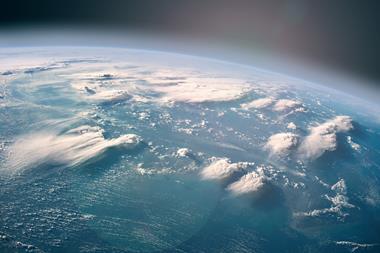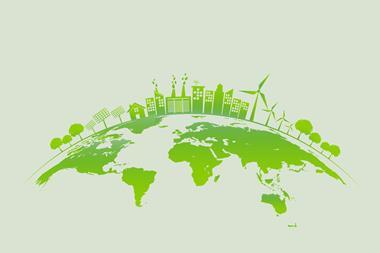Latest projections say ozone levels in the stratosphere will recover around the middle of the century
Scientists assessing the state of the ozone layer have shown that the Montreal Protocol – the international agreement that committed to reversing the damage by phasing out ozone-depleting chemicals – is still working well.
The 2018 Scientific Assessment of Ozone Depletion reports that ozone levels in the Earth’s stratosphere are recovering, and that levels of chlorine- and bromine- based ozone-depleting substances have continued to decrease since the last assessment four years ago.
The authors – a panel of experts working with the World Meteorological Organization and the United Nations Environment Programme (UN Environment) – say ozone in the upper stratosphere outside polar regions has increased 1–3% per decade since 2000, although projections for total recovery vary between different regions. Northern Hemisphere mid-latitude ozone is predicted to return to 1980 levels in the 2030s, while this won’t happen until the 2050s in the Southern Hemisphere and the 2060s at the poles.
The assessment also highlighted the importance of the Kigali Amendment to the Protocol, a global agreement to phase out hydrofluorocarbons (HFCs) that will come into force in 2019. HFCs were originally brought in as an ozone-friendly alternative to CFCs in refrigerants, but they are potent greenhouse gases that contribute to climate change. The assessment’s authors estimated that the Kigali Amendment will reduce future warming due to HFCs from 0.3–0.5°C to less than 0.1°C.
‘The Montreal Protocol is one of the most successful multilateral agreements in history for a reason,’ said head of UN Environment Erik Solheim in a statement. ‘The careful mix of authoritative science and collaborative action that has defined the Protocol for more than 30 years and was set to heal our ozone layer is precisely why the Kigali Amendment holds such promise for climate action in future.’

















1 Reader's comment